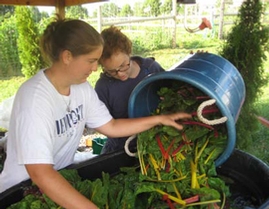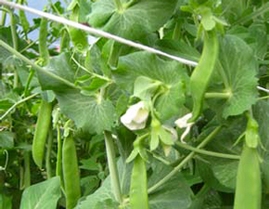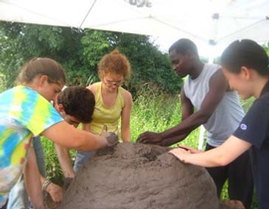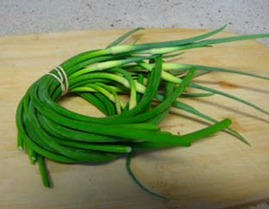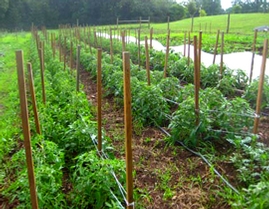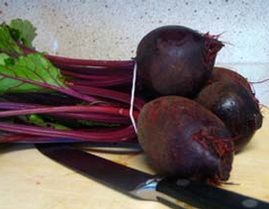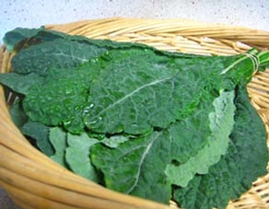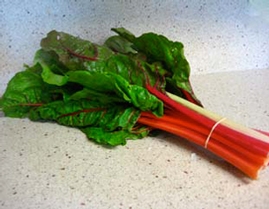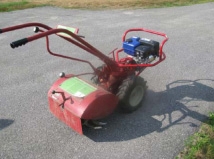Tool Use
- Cultivators
- Rototiller
- Hoop House Use
- Compost
- Volunteer Management
- Calendar
Rototiller
The farm has a Troy-built 1997 Horse with a Tecumseh Engine. All students or volunteers who use it need to have a brief tutorial and demonstrate proficiency before using the tiller on their own. All operators need to wear sturdy, closed toe shoes and ear protection.
To Start:
Disengage wheels, set the throttle to start or fast, and turn the choke on (for a cold start). Pull start until the engine catches and immediately turn off the choke. (If the rototiller has been running for a while or the motor unsuccessfully started a number of times, try taking the choke down or off).
Operation:
Engage wheel gear, set tines to desired depth and engage the clutch using the levers on the handlebars, making the rototiller move forward. Do not start with tines in the ground but begin driving and slowly allow the tines to dig into the soil. Do not apply downward pressure at any point. It is important to let the tiller pull itself along. Occasionally the tines will catch on a clod or a rock and the tiller will jump ahead; if at any point it is out of control, drop the handles and the clutch will disengage and the tiller will stop. Lifting the rear end will also help to control it. For turning corners or backing up there is a separate clutch control located on the main control panel. Without engaging the main clutch, pushing down is forwards and pulling back is reverse. Always lift the tines clear when reversing and turning.
Height:
The handles can be adjusted to match the height of the operator, but the clutch must also be adjusted. (See rototiller manual for specific instructions.)
Gas:
Use regular unleaded gas for the rototiller.
Oil:
Change the engine oil every spring and each 5-10 hours of operation. Check the oil level before each use, making sure to level the engine first. This should be done in the parking lot with care taken not to spill any oil. Oil should be disposed of properly.
Spark Plug:
The spark plug was replaced in the summer of 2008 and should continue to work fine. If a replacement is needed, remove the old plug and bring it to Agway or the Small Engine Repair store on Route 12B.
Carburetor:
If the rototiller is stored improperly, the carburetor may become fouled. It is a simple matter to disassemble and clean it with carb-spay, gum-out, etc. Follow the service manual when doing any work on the engine.
Storage:
The tiller should be cleaned of all dust and dirt prior to winter storage. The gas should be drained and then run dry. This prevents the gas from evaporating in the carburetor and gumming it up. Always keep the tiller in the shed between uses.
General Help:
Walt Zarnok, who works in the physics machine shop in the basement of the Science Center is a great resource and has been happy to help whenever there has been trouble with the tiller.
Troy-built 1997 Horse with a Tecumseh Engine

